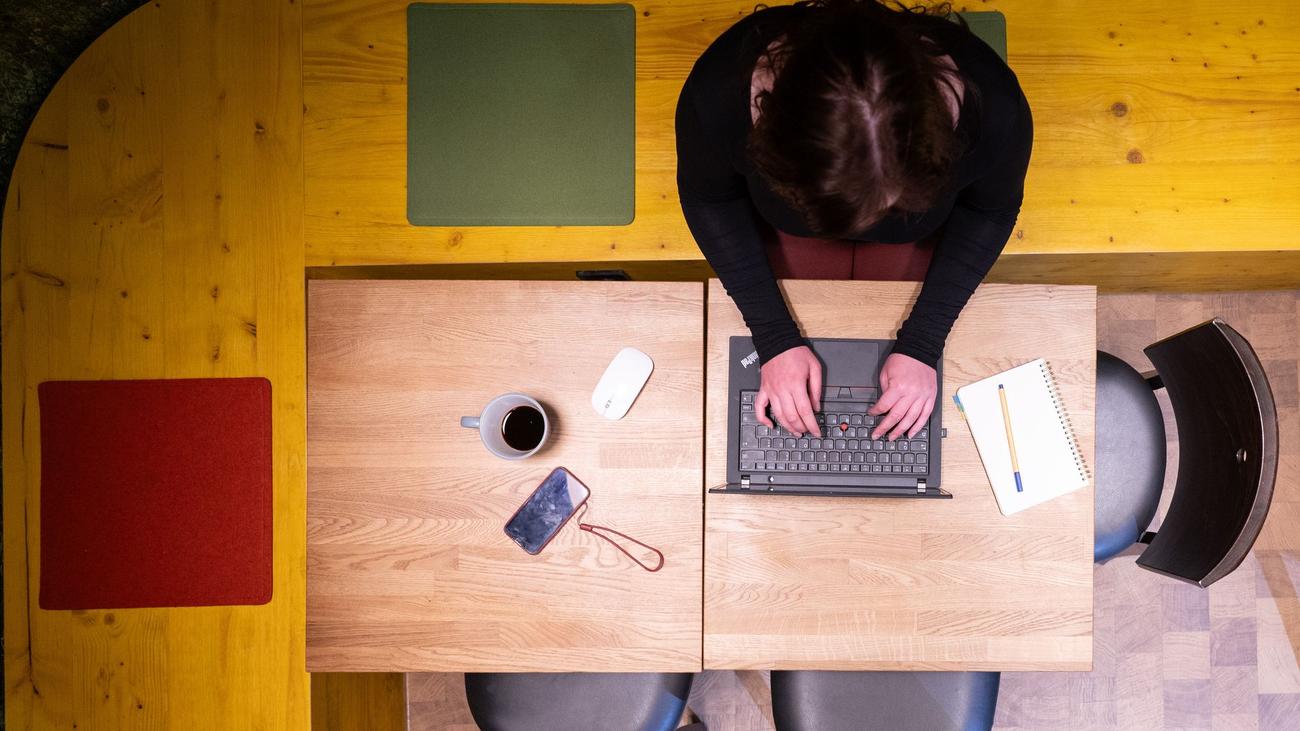
The Evolution of Mobile Work in Rhineland-Palatinate
Introduction
Five years ago, the COVID-19 pandemic introduced a new vocabulary into the everyday lives of many people in Rhineland-Palatinate. News reports mentioned terms like "lockdown" and "home office." As offices closed, kitchen tables and living room couches became workstations. The Duden dictionary already included the term "home office," defining it as "a workstation in one’s own apartment equipped with a computer and communication technology."
Current Situation
How has mobile work developed since the pandemic?
-
Mainz: Employees of the Mainz city administration can voluntarily work from home in areas where home office is possible. A service agreement regulates the framework conditions. Home office is agreed upon on fixed days and should account for at least 20% and a maximum of 60% of the weekly working hours.
According to a city spokesperson, the extent of home office has nearly doubled since the end of the pandemic. "Currently, 694 employees regularly use home office, while 1,128 employees also work mobile, sometimes in combination with home office."
There are no plans to create requirements for more on-site presence. "Incentives for more office presence are not necessary, as the service agreement regulates a healthy level of presence," emphasized the spokesperson. The home office guidelines also apply to managers, although they themselves are responsible for "a healthy level of presence."
-
BASF: The BASF Group also relies on flexible work, but without fixed guidelines for how often employees must be in the office or working from home. At the largest employer in the state, each team should find a solution that suits its needs. The foundation for this has been in place at the company since 2012 when a company agreement for mobile work was introduced—well before the pandemic.
Nevertheless, BASF does not want to become a "remote company." Personal contact and on-site networking are too important for team spirit and creativity, emphasized a spokesperson. At the Ludwigshafen site, most employees work in the office because tasks such as laboratory experiments or repairs cannot be done remotely.
-
Daimler Truck: Daimler Truck, the second-largest employer in the state, also uses a work environment that should allow for a lot of flexibility and design. "We have long anchored flexible working time models and mobile work in our corporate culture," said a spokesperson. A company agreement allows all employees in Germany to work mobile, "provided it fits the respective task."
As a global company, Daimler Truck has been working virtually for years—be it for workflows, conferences, or exchange across borders. In recent years, mobile work has continued to increase and has positively changed the working world. "Nevertheless, we have also noticed how important personal exchange is—whether in the search for new ideas or in teamwork."
A mix of both work models offers the best advantages, emphasized the spokesperson in Wörth. "Each team decides for itself what works best for the respective task."
-
Speyer: The diocese in Speyer was already working on a service agreement for decentralized work before the pandemic. When it finally came into effect in 2022, experiences from the pandemic were incorporated. The agreement states that employees of the diocese may work remotely for up to 49% of their working time.
"Since there were no such regulations before the pandemic, the working time that employees work decentrally has increased," said a spokesperson. "The regulation is generally working well and should be coordinated with the respective supervisor, for example regarding specific days."
The agreement can be used individually, so that some work more on-site than others. "This also depends on the job responsibilities." The service agreement does not apply to managers; "they were already able to work decentrally before the pandemic and could therefore organize their working hours flexibly," emphasized the spokesperson.
The Future of Home Office
How has home office developed over the past five years? According to HR expert Jutta Rump, mobile working has now become the norm. "In a number of companies, that’s the standard today," said the director of the Institute for Employment and Employability (IBE) in Ludwigshafen. "To put it bluntly, you can’t get out of it anymore. You can’t turn back the clock."
While in the pandemic 100% of the working time was often spent at home, it is now often 40%. "That means two days a week in the home office—or hybrid work, whatever you want to call it."
This mixed model tries to combine the advantages "of both worlds," says Rump. "If I spend some time at the office, on the one hand I experience the team atmosphere, and on the other hand it prevents loneliness." This has evened out with both employees and employers.
